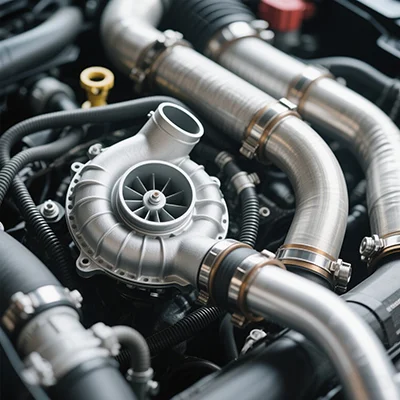Unleashing the Power of All-in-One Printers: A Comprehensive Guide to Standalone Functionality
In the digital age, the all-in-one printer has emerged as a versatile tool for both home and office environments. These multifunctional devices combine printing, scanning, copying, and sometimes faxing capabilities into a single unit, making them a popular choice for users seeking efficiency and convenience. However, a common question arises: Can you use an all-in-one printer without a computer? The answer is a resounding yes, and this article will explore the various ways you can leverage the full potential of an all-in-one printer independently of a computer.
Understanding All-in-One Printers
Before diving into the standalone capabilities of all-in-one printers, it’s essential to understand what these devices offer. Typically, an all-in-one printer includes:
- Printing: Producing high-quality documents and images.
- Scanning: Digitizing physical documents for storage or sharing.
- Copying: Duplicating documents without the need for a computer.
- Faxing: Sending and receiving faxes (in some models).
These features make all-in-one printers indispensable for both personal and professional use.
Standalone Functionality: How It Works
- Direct Printing from Mobile Devices:
Many modern all-in-one printers support wireless connectivity, allowing users to print directly from smartphones and tablets. This is typically achieved through technologies such as Wi-Fi Direct, Apple AirPrint, or Google Cloud Print. Users can send documents, photos, or web pages to the printer without needing a computer, making it incredibly convenient for on-the-go printing. - USB Flash Drive Printing:
Most all-in-one printers come equipped with USB ports that allow users to print directly from a USB flash drive. Simply insert the drive into the printer, navigate the printer’s menu using its built-in display, and select the files you wish to print. This feature is particularly useful for users who need to print presentations or documents quickly without the hassle of connecting to a computer. - Built-in Touchscreens and Control Panels:
Many all-in-one printers feature intuitive touchscreens or control panels that enable users to operate the device independently. Users can access various functions such as scanning, copying, and printing directly from the printer’s interface. This eliminates the need for a computer, allowing for a more streamlined workflow. - Email Printing:
Some advanced all-in-one printers offer an email printing feature, where users can send documents to a unique email address assigned to the printer. This allows for remote printing from anywhere, as long as the printer is connected to the internet. This feature is particularly beneficial for users who may not always be near their printer but need to print important documents promptly. - Mobile Apps:
Printer manufacturers often provide dedicated mobile applications that enhance the functionality of all-in-one printers. These apps allow users to manage print jobs, scan documents, and even order supplies directly from their mobile devices. With these apps, users can perform various tasks without needing a computer.
Limitations to Consider
While all-in-one printers can function independently, there are some limitations to consider:
- Complex Document Editing: While you can print documents directly from mobile devices, editing complex documents may be cumbersome without a computer. For tasks requiring extensive formatting or design, a computer may still be necessary.
- Limited Scanning Options: Although scanning can be done directly from the printer, advanced features such as OCR (Optical Character Recognition) or multi-page scanning may require software that is only available on a computer.
- Firmware Updates: To ensure optimal performance and security, all-in-one printers require regular firmware updates. These updates are typically performed via a computer, so users should keep this in mind for long-term maintenance.
Conclusion
In summary, all-in-one printers are remarkably versatile devices that can be used effectively without a computer. With features like mobile printing, USB connectivity, built-in control panels, email printing, and dedicated mobile apps, users can enjoy a seamless printing experience. However, it’s essential to recognize the limitations and consider when a computer may still be necessary for more complex tasks. As technology continues to evolve, the capabilities of all-in-one printers will likely expand, further enhancing their standalone functionality and making them an even more valuable asset in both home and office settings.
